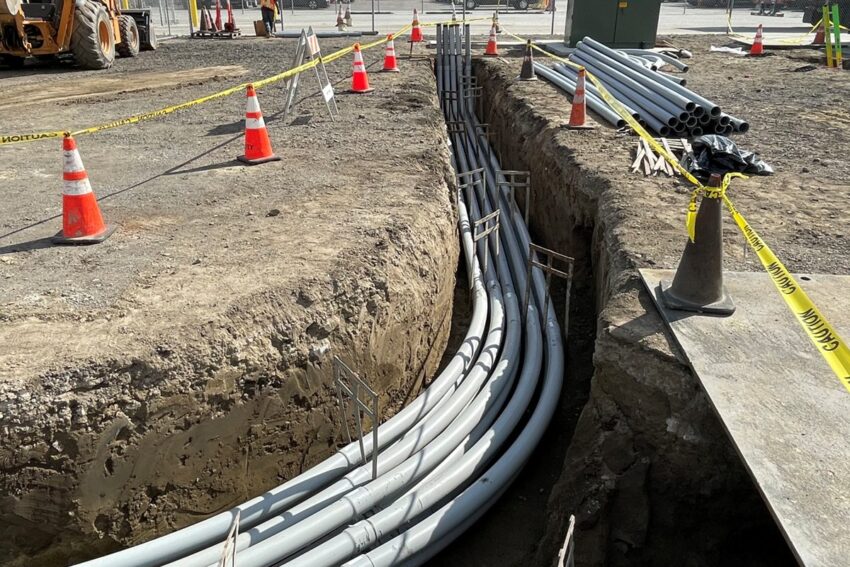Following a revised dip in January, U.S. construction spending saw a significant rebound in February, climbing by 0.7%, according to a recent report from the Commerce Department. This increase surpassed the expectations of economists who had projected a more modest growth of 0.3%.
This bounce in construction spending is particularly relevant to communities in El Monte, South El Monte, Baldwin Park, Rosemead, and Irwindale, where local development projects could see an impact from broader national financial trends like reduced financing costs. The report detailed a year-over-year increase of 2.9% in construction spending, with residential construction up by 1.6% and non-residential construction experiencing a notable rise of 3.9%.
The increase in construction activities last month was influenced by lower financing costs, making it cheaper to borrow money for both new projects and renovations. This economic environment helped push up spending on single-family homebuilding and private home improvement, which saw increases of 1% and 2%, respectively.
Despite this positive trend, multifamily spending remained unchanged from the previous month and was down by 11.6% compared to the same period last year. This could suggest a shifting focus or cooling interest in this sector, which will be important for local developers and investors to consider.
Looking ahead, the construction sector faces potential challenges due to broader economic policies. Tariffs and tighter immigration policies are expected to put upward pressure on building costs. This could create headwinds for developers and potentially taper off the recent surge in construction activity and spending in the upcoming months.
For residents and businesses in the Mid Valley cities, the fluctuation in construction spending and costs might influence local real estate markets, availability of new housing, and business expansion opportunities. Local government and community leaders might need to keep a close watch on these trends to adapt strategies for urban development and economic growth correspondingly.
The community will need to stay informed and possibly engage with local planning commissions or city hall meetings to understand and influence how these national trends will translate into local projects and policies. Keeping an eye on these developments will be crucial for anyone planning to invest in property or considering new construction in the near future.


